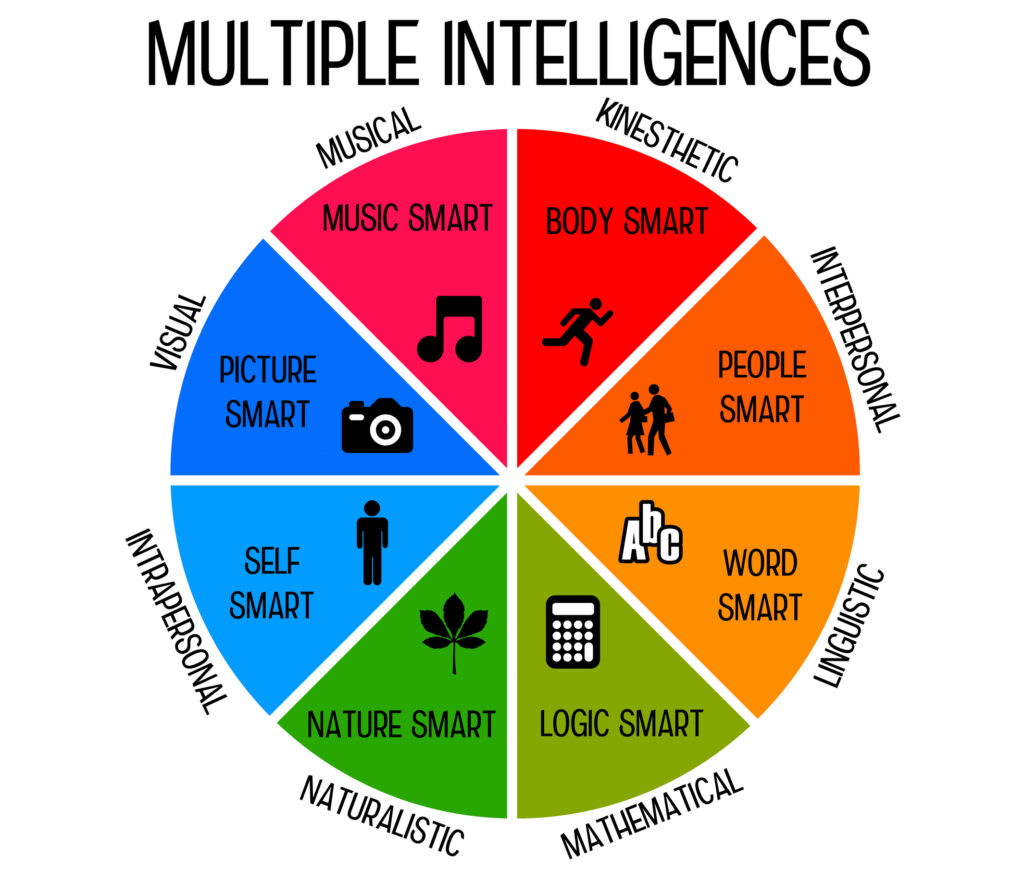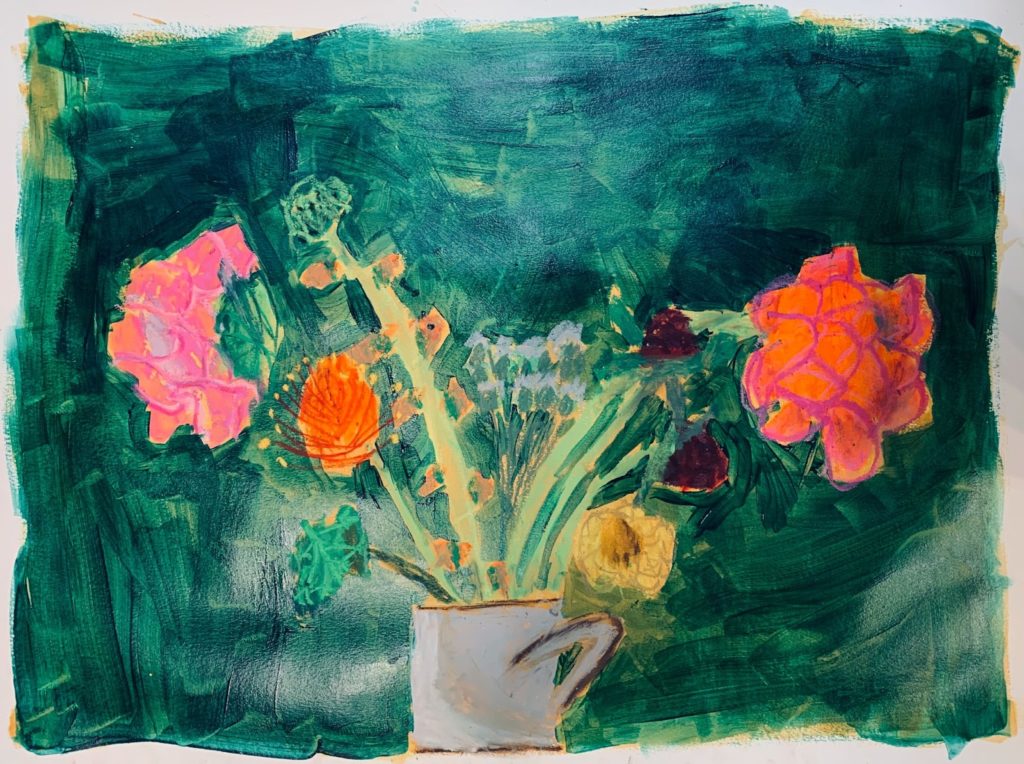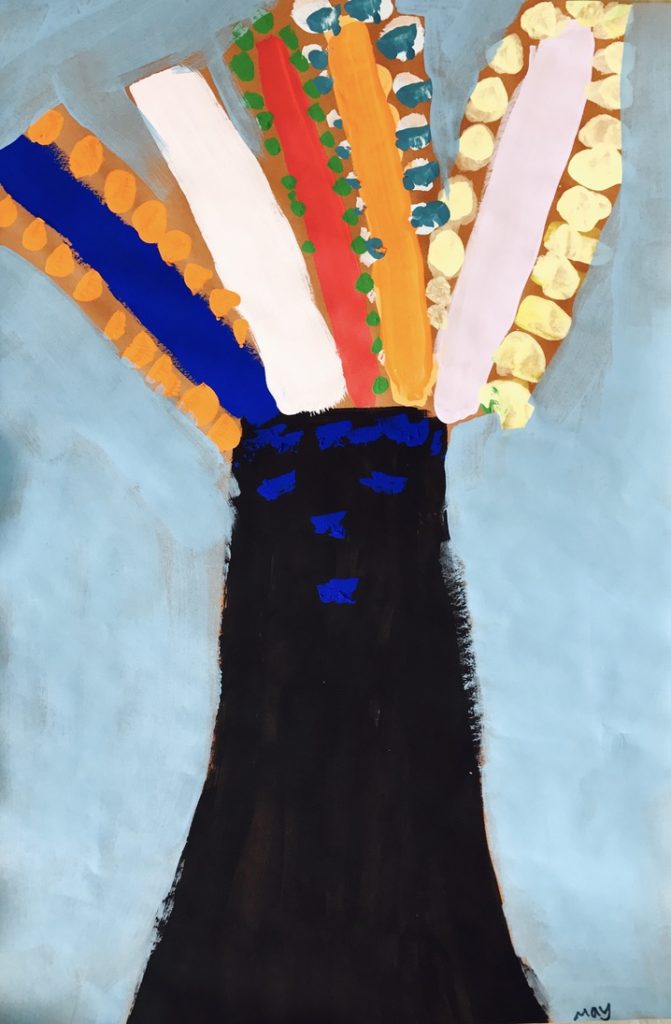EMPATHY:
The Outcome of the Teaching & Learning Loop
Post written by Amelia Ramirez
Learning is one of the most important skills of life.
The true test of whether you have learned something is when you have taught it to someone else. As kids you are taught an immense amount of knowledge and skills but rarely have the opportunity to teach what you know to others.
For my blog entry I decided to do an experiment in which I taught one kid how to make a friendship bracelet and then he taught another, and they passed their knowledge from one to the next. Once the first learner understood, I would get one of his/her classmates, and the learner would become the next teacher, so on and so forth until every child was able to learn and teach.
The boy that began the experiment was not at all excited to be apart of it. His reaction scared me a little bit because I was worried all of the kids would be negative about the whole experiment. Once he understood how to make the bracelet and he saw the knots turn into stripes, he began to really get into it and enjoyed the activity. I brought one of his classmates in and he started teaching him. It was so interesting to see how into teaching he was and how sympathetic he was towards his classmate. Once the classmate was able to do something correct he also showed his feelings of pride along with the boy he was teaching,
This joy of teaching was the case with every kid in the class!
To my surprise not a single one of the kids got frustrated with each other, including the kids that were more easily aggravated. Every child demonstrated an understanding, not just of the skill but of the challenges involved in learning it. When the skill clicked for their student, they both would get so excited. I believe they all felt a great sense of pride in themselves because they where able to successfully teach someone this new skill. I also believe they had greater ownership of their learning because they were teachers.
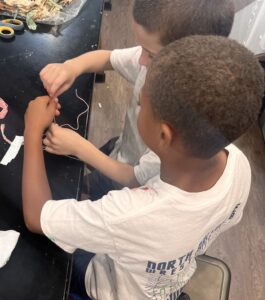
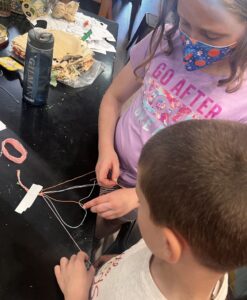
Another thing that I was concerned about in this experiment was the fact that all of the kids have very different learning styles. In my experience, teachers will often only teach the way that they where taught and I figured the kids would do that too. Luckily this was not the case. Most of the kids would start teaching how they were taught, and then, if they observed that their student was not understanding they would adjust their lesson to make it work for their student.
Teaching cultivates empathy – the better understanding of self and others.
At the end of the process, when each kid had both learned and taught, I asked them whether they preferred teaching or learning. Every single kid in the class said they preferred teaching! In the process of creating and conducting this experiment I learned a lot about the way kids minds’ work while learning and teaching.
Resources
Learn more about learning!
One way to frame the learning differences is the Multiple Intelligences theory by Howard Gardner. Gardner states that there are 8 types of learners some of which are: Visual learners this is where a learner needs to see information in front of them to be able to understand it. Auditory learning is a learning style in where a learner learns through listening. Kinesthetic/Physical is where a learner needs to manipulate or touch material to learn. If you would like to learn more about the different learning styles look up the Multiple Intelligences theory by Howard Gardner.
